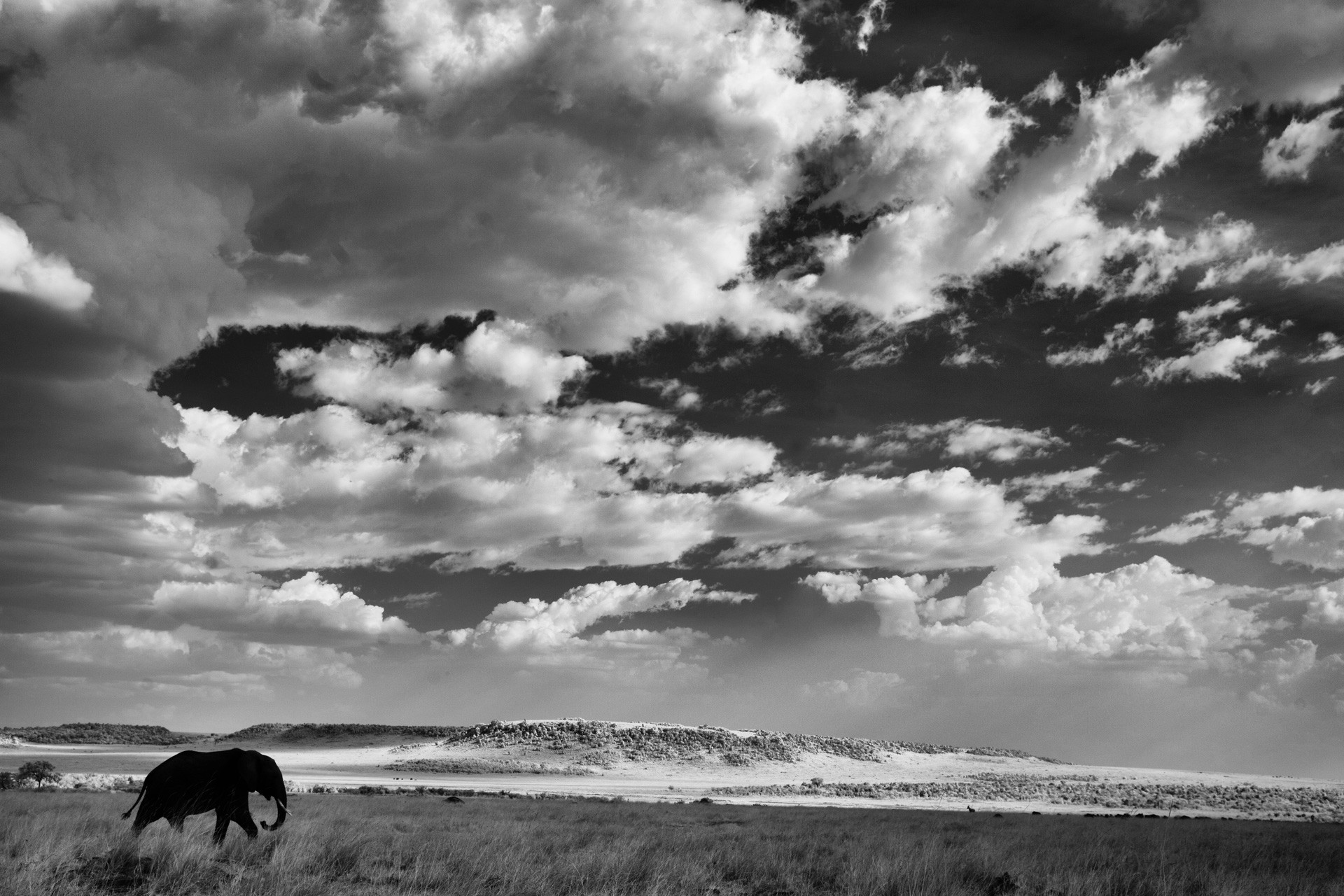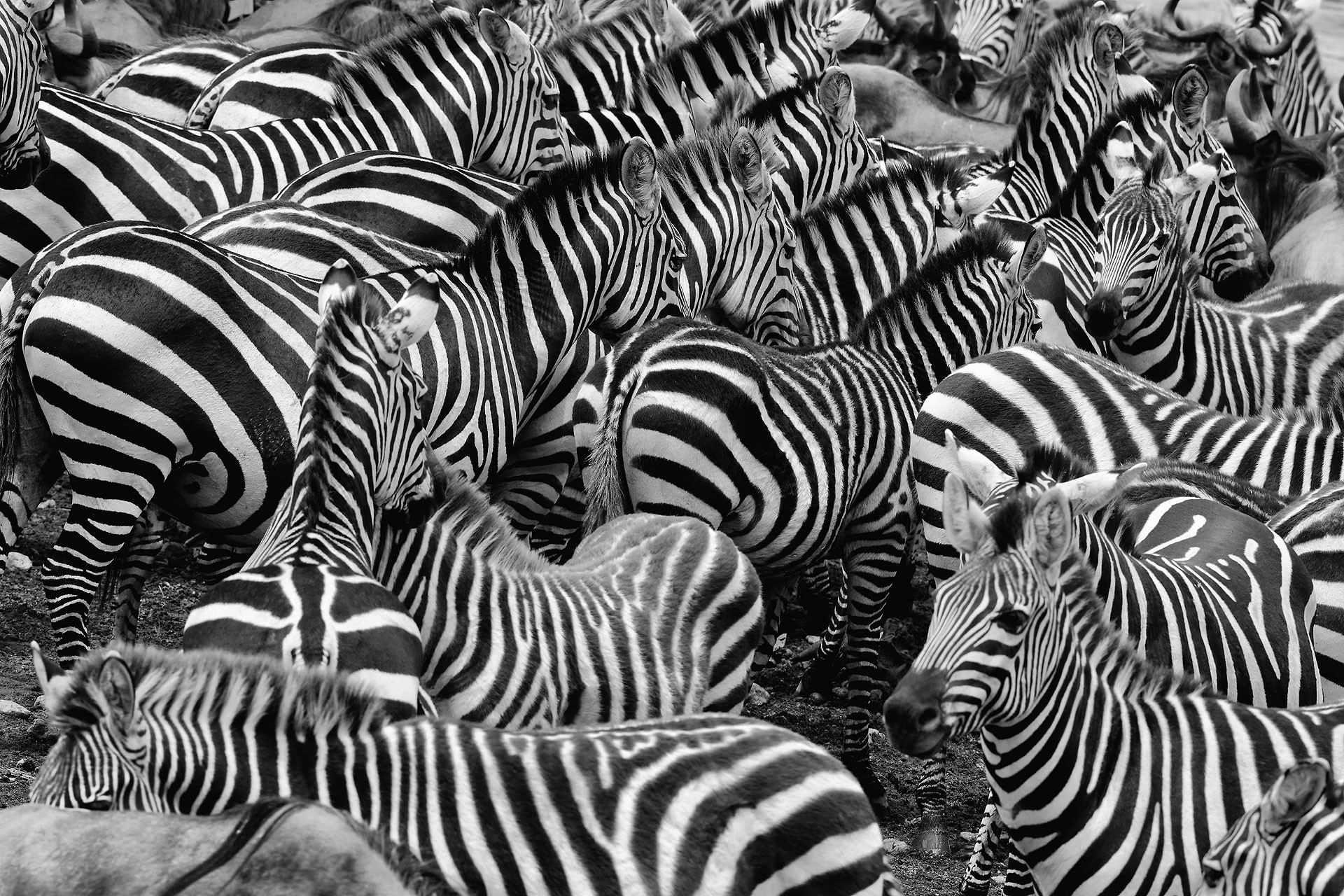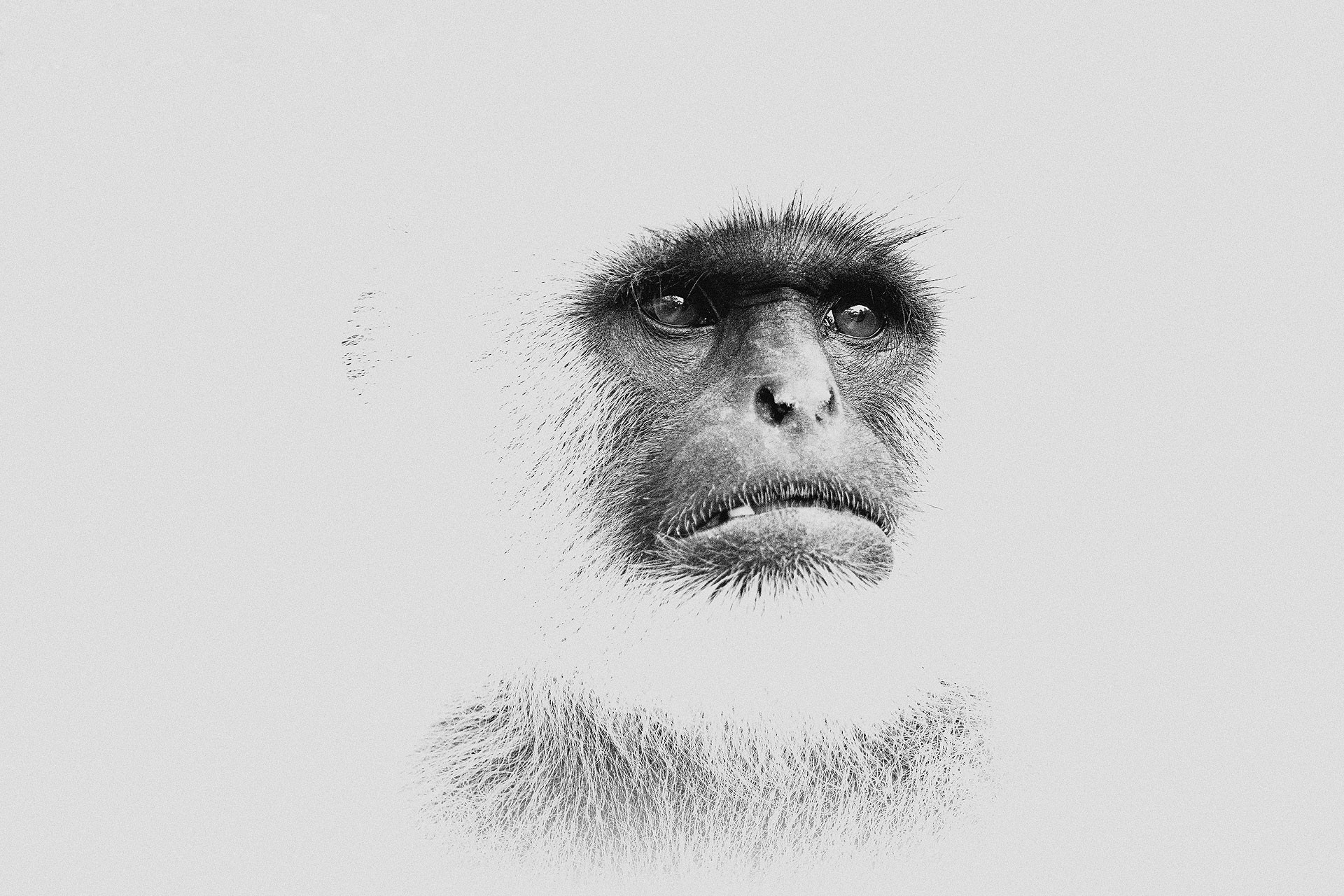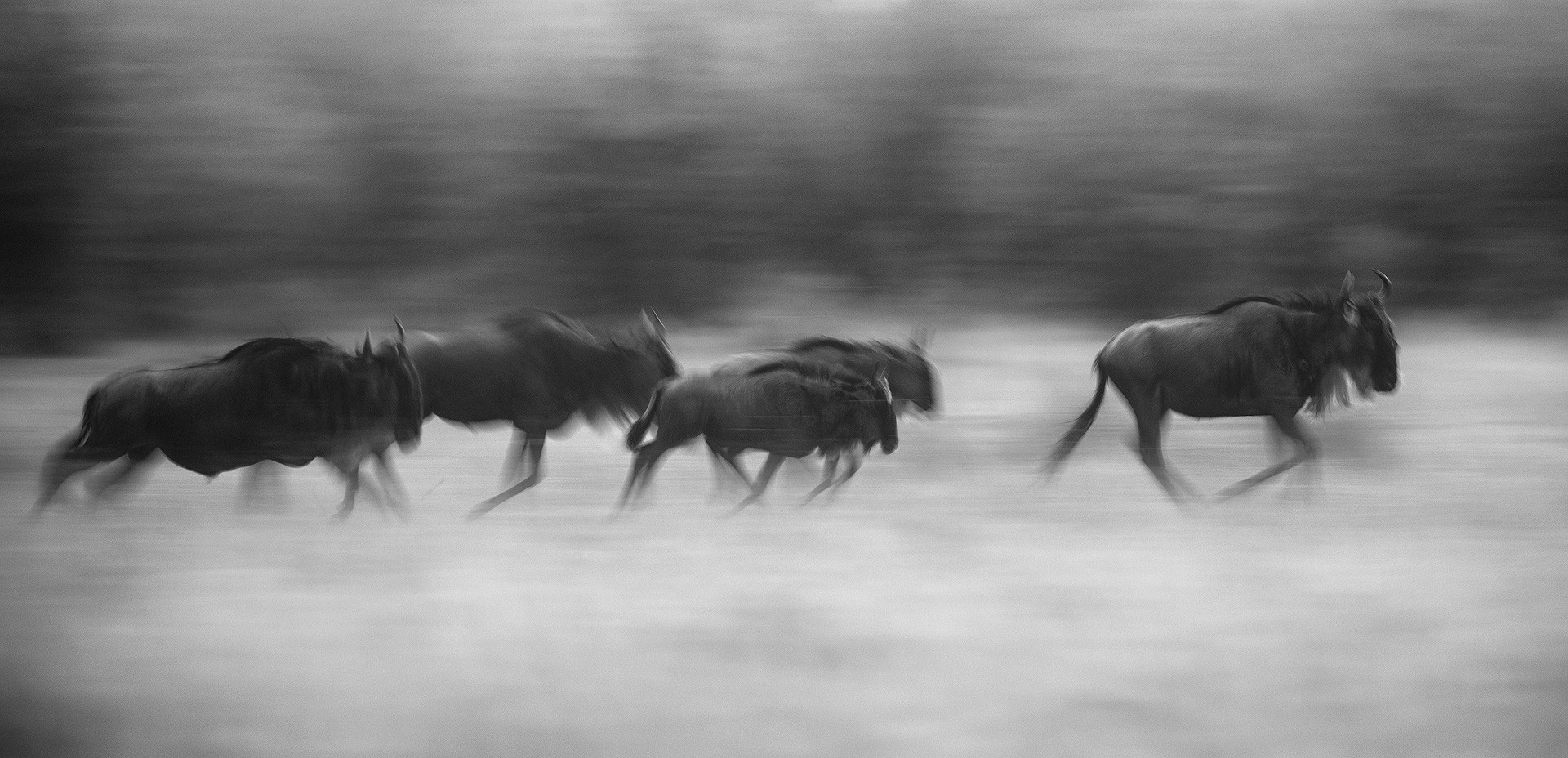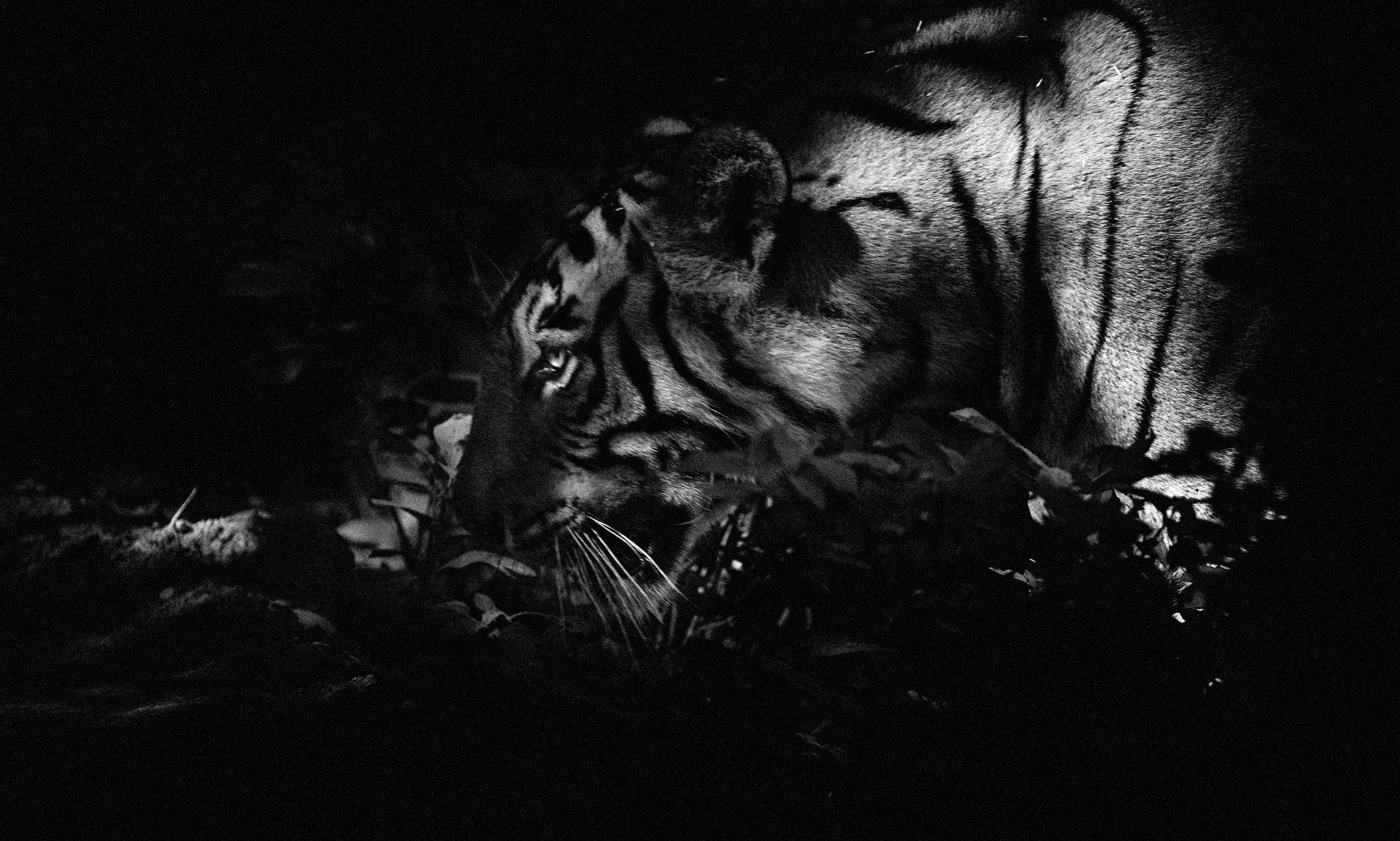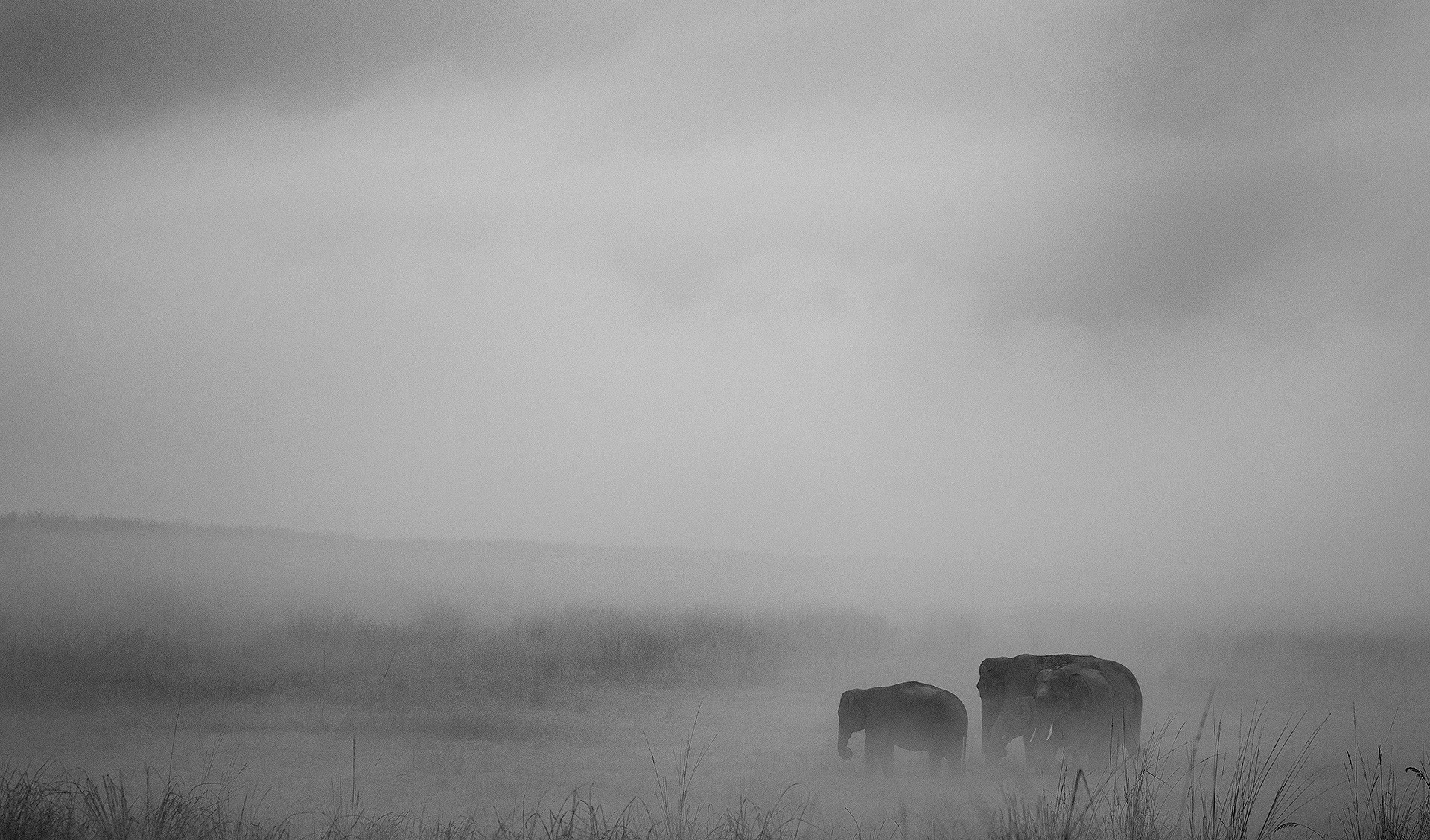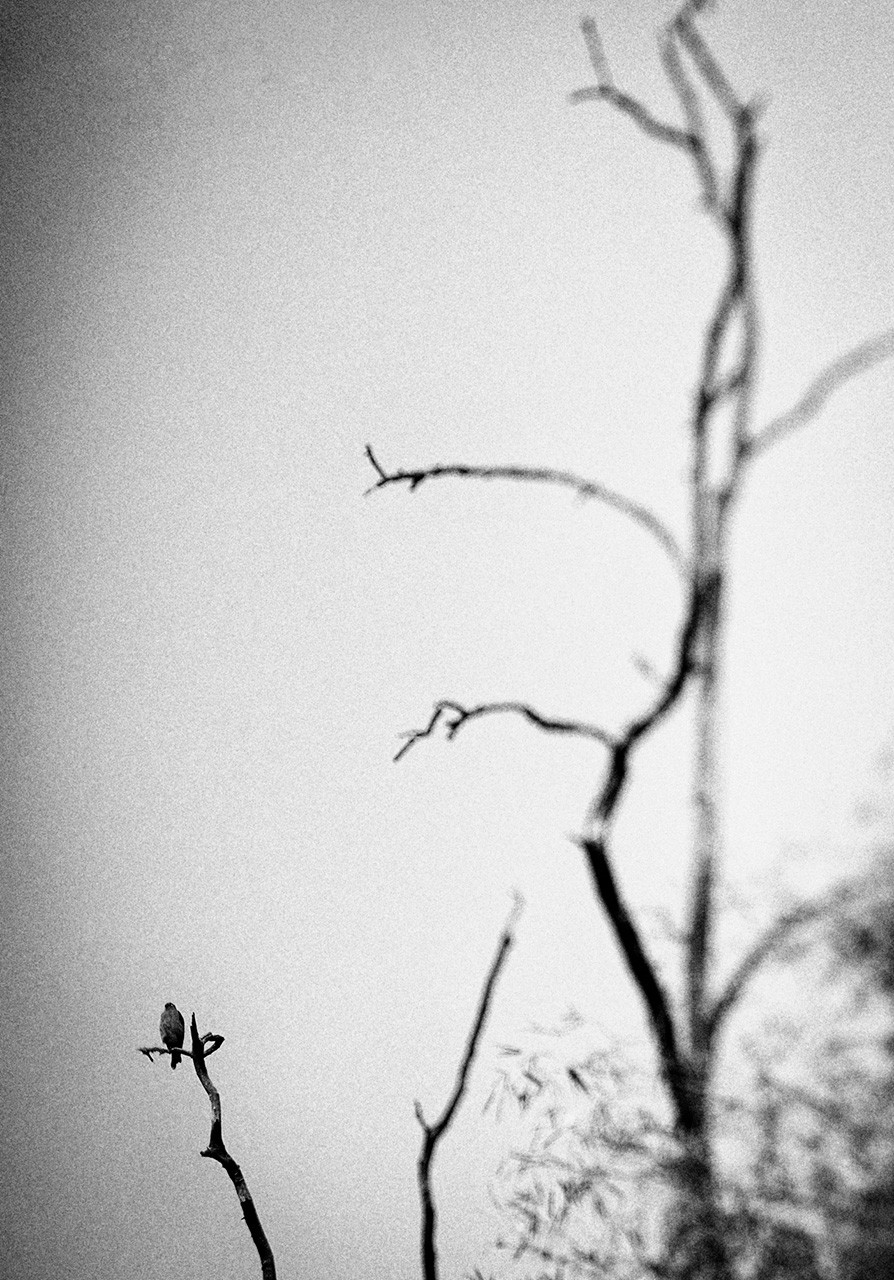Ever felt like discarding an image? Maybe a flaw in the exposure or issues of low light or simply because you are not able to figure out how to process the image. The common answer to all these conundrums is to just convert the image into monochrome. At least, that seems to be the common perception about black and white images. But is that the case? Is the land of black and white imagery just a dumping ground for your technical flaws? I beg to differ.
A black and white image is not just an experiment. It is visualised even before it is created. You don’t simply alter a coloured image to see if a monochromatic treatment would make it better. Let's look at a few scenarios where you can try to visualise and execute black and white images.
Contrast is Key
The best of black and white images display the key elements of contrast and tonality. Look for contrasting tones around you and you will start to realise that you can visualise a black and white image even before your camera has shot it.
Shapes, Lines and Symmetries
Understanding shape and form is paramount in photography. Along with a sound understanding of framing and composition, they can aid in bringing some beautiful black and white images to life. Be it the tall sal trees of Indian forests or the dunes of the Thar desert – there are monochromatic shapes and symmetries all around you.
When Light is Too Harsh
When the scorching sun comes up, cameras are put down as the subjects run for shade. "The light is too harsh" is an excuse that is often heard in such situations. However, there is immense potential to create some brilliant high key monochromes, which may not be possible otherwise.
Motion Blur
Picture this – you bump into a tiger early in the morning when the sun is still below the horizon. What do you do? Aiming for a traditional image of a tiger crossing a forest track, you bump up the ISO to gain some shutter speed. But you end up complaining that the light was low, and the image turns out grainy. How about changing your approach and opting for a slower shutter speed at a lower ISO and experimenting with a nice smooth motion blur. Once you do that, try giving your image a black and white treatment. Irrespective of the light scenario, blur always make for interesting black and white images. It is just a matter of training your mind and eye to spot these images under ideal conditions.
The Theatre of Light
Indian forests are full of canopies, speckling the forest tracks with the light that filters through. When you visualise your subject walking through these patches of light, you end up encapsulating the true essence of the woods. The tonality of such images results in some intriguing black and white photographs.
Noise is an Aid
Most photographers shy away from working in misty and foggy conditions as the resulting images are grainy. But in the case of black and white images, these grains only enhance their appeal. You should make use of such conditions to add to your monochrome portfolio.
Put Technology to Use
Once you have developed the eye to see nature in black and white, there is no harm in experimenting with technology to create lesser-known monochromatic perspectives. For instance, I have added aspects like infrared photography to my work and used tilt and shift lenses for creating wide-angle blurs. See what you can do to add to your frames and enhance the output.
